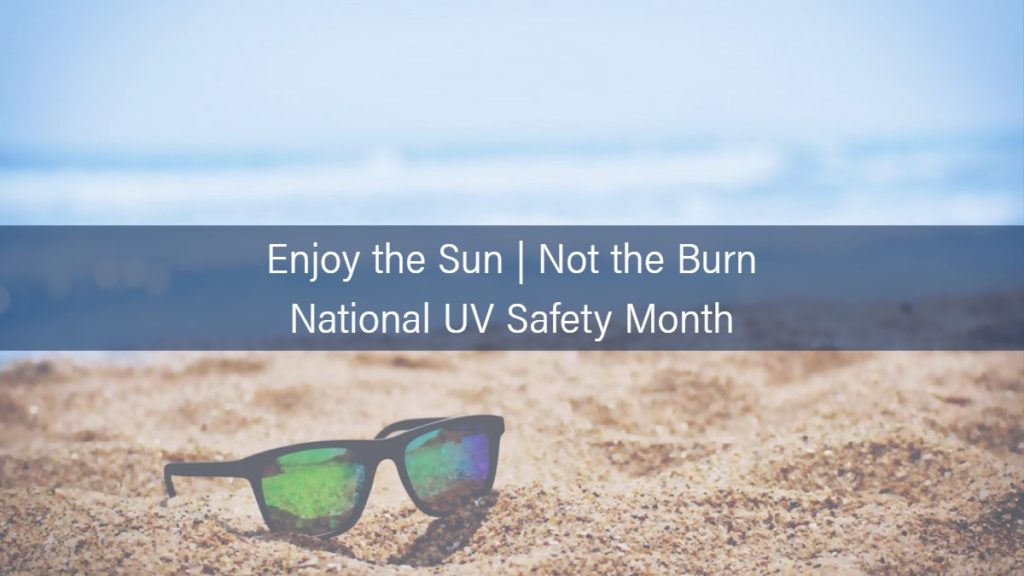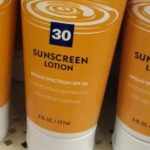 We’ve had some nice days here in Vermont. Though most people may not greet a sunshiny day with concern about ultraviolet (UV) protection, it is something we must be mindful about. UV radiation comes from the sun and man-made sources like tanning beds. The most common cancer in the United States, skin cancer, is primarily caused by too much UV exposure. The most obvious way to avoid UV exposure is to seek shade, or cover up, but for the times that you must be in the sun, a good sunscreen is recommended. There is no one sunscreen that will prohibit exposure to all types of UV rays. Even sunscreen labeled with 100% SPF only protects against 99% of UV rays.
We’ve had some nice days here in Vermont. Though most people may not greet a sunshiny day with concern about ultraviolet (UV) protection, it is something we must be mindful about. UV radiation comes from the sun and man-made sources like tanning beds. The most common cancer in the United States, skin cancer, is primarily caused by too much UV exposure. The most obvious way to avoid UV exposure is to seek shade, or cover up, but for the times that you must be in the sun, a good sunscreen is recommended. There is no one sunscreen that will prohibit exposure to all types of UV rays. Even sunscreen labeled with 100% SPF only protects against 99% of UV rays.
What to look for in a sunscreen: 
- Sun Protection Factor (SPF) of 30 or more
- “Broad Spectrum” on the label
- No waterproof claims (water resistant is okay)
- Unexpired and ideally good for at least 2 years
The sun emits many kinds of UV rays. SPF helps to protect against UVB, which primarily causes sunburn. But, just because you don’t get a burn, doesn’t mean your skin hasn’t encountered risky sun exposure. The Broad Spectrum label informs that the sunscreen has been shown to protect against both UVA and UVB rays. Sunscreen waterproof claims have been debunked by science, so, products can no longer make that claim. They can still say “water resistant,” and must state for how long the product would continue to work after swimming or sweating.
Sunglasses can provide great protection too. UV radiation from the sun can damage the cornea, lens, and other parts of the eye. Cataracts can also develop from too much sun exposure.
What to look for in sunglasses:
- Full coverage of the entire eye, wraparound, or close-fitting frames to screen out 75 to 90 percent of visible light. Choosing larger frames can help.
- Glasses that block 99 to 100 percent of UVA and UVB rays (may be
labeled with UV protection of UV400 or more)
 Whether it’s under a tree, tarp, or behind some awesome shades and a hat, we hope you can get outside and enjoy the sunshine as much as possible this summer!
Whether it’s under a tree, tarp, or behind some awesome shades and a hat, we hope you can get outside and enjoy the sunshine as much as possible this summer!
Contributing Writer: Crystal Baldwin
Sources: The American Cancer Society, Mayo Clinic
